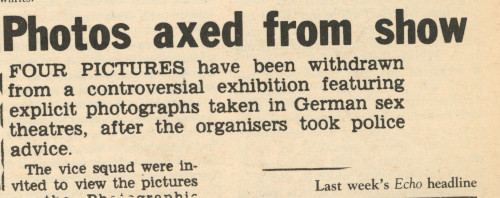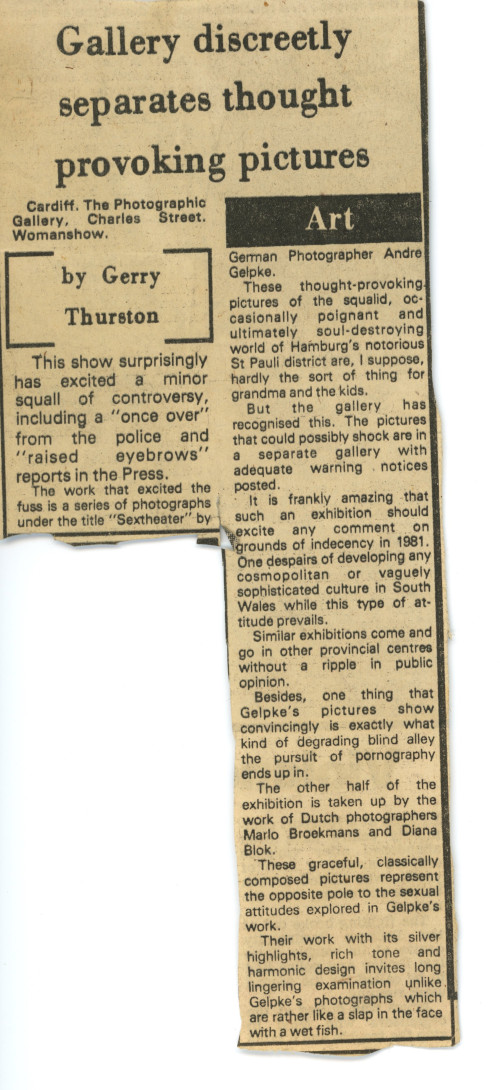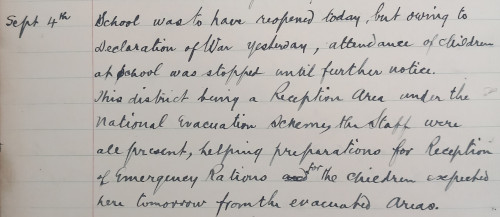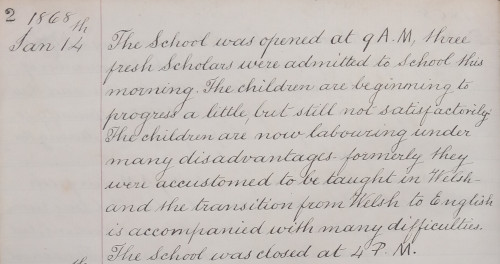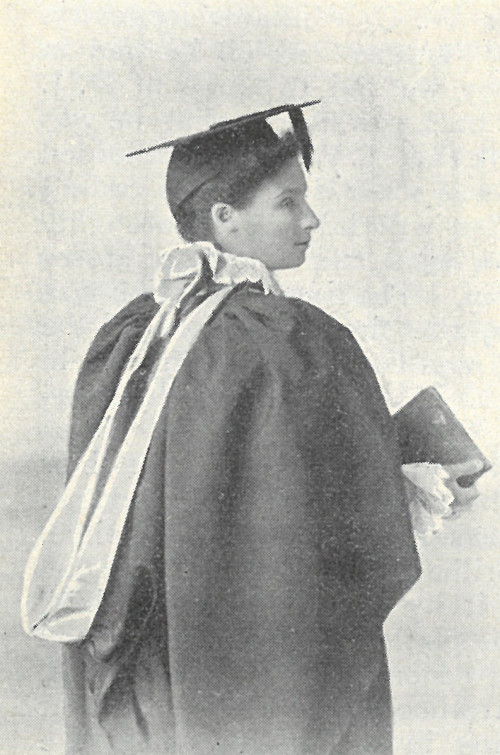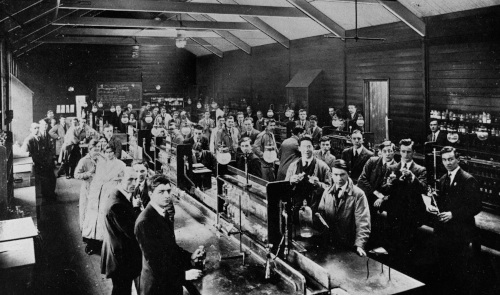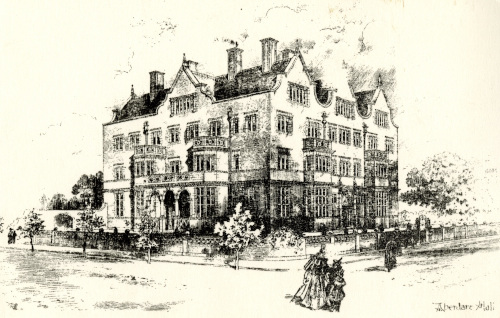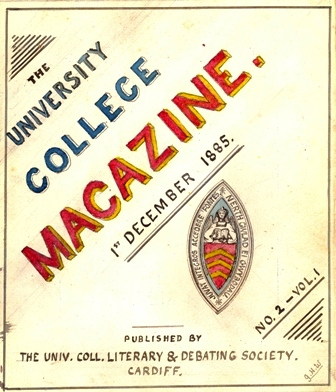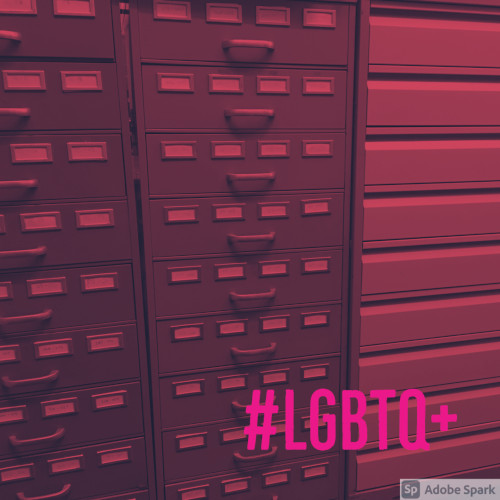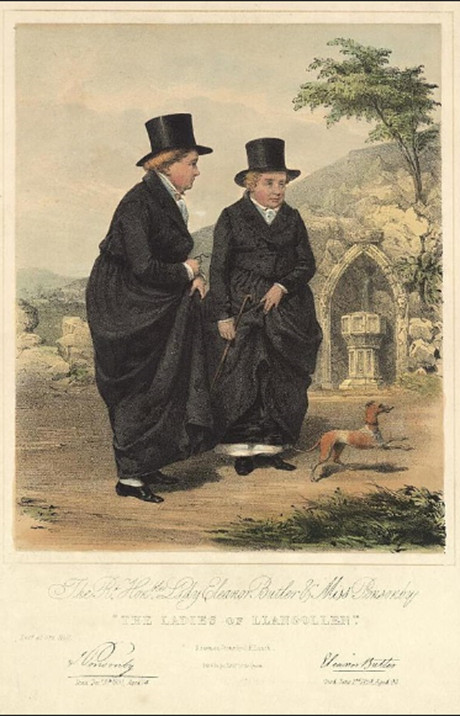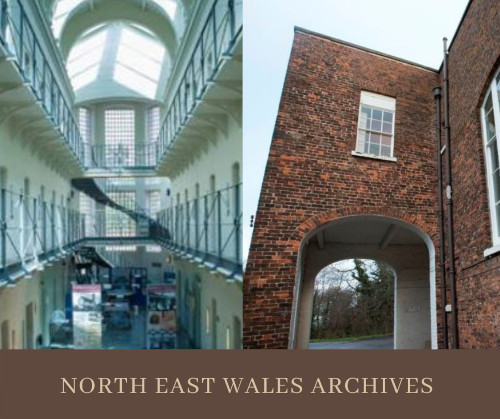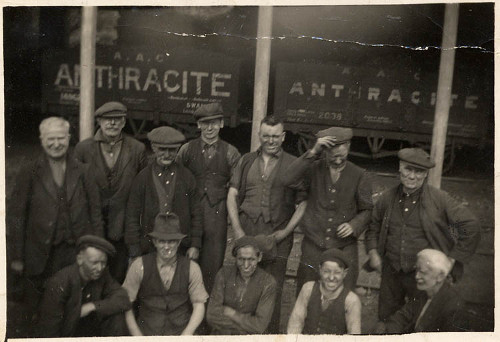Archives Hub feature for February 2025
Next month, on March 8th – we celebrate International Women’s Day and to celebrate that we’ll be exploring how our archive informed us of the lack of female representation in our collection, and how we, at Ffotogallery, have used that information to make informed decisions going forward.
In April 2024, Ffotogallery appointed its first Archive Project Officer, and with the help of volunteers and local archivists – began to catalogue and digitise the gallery’s archive collection to make the history of Ffotogallery available via an online catalogue. None of this could have been possible without the generous funding from The National Lottery Heritage fund.
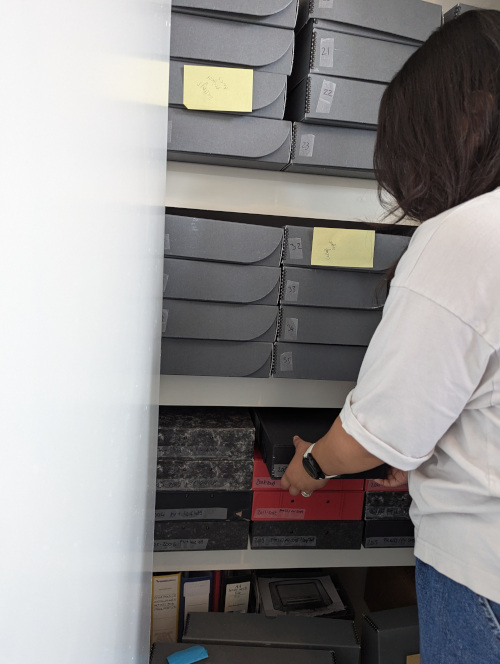
This digitisation project has allowed us to explore deep into our collections, something we did not have the resources to do before receiving the funding. It allowed us to look into the entire archive that Ffotogallery holds with material from Ffotogallery’s conception in 1978 to today, uncovering new information and details about Ffotogallery’s history, its relationship with photographers and its legacy.
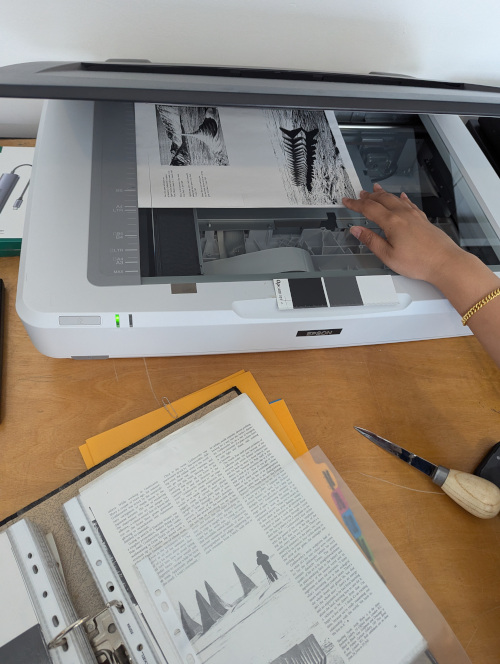
For the first time, The Valleys Project archive – a collection of over 400 photographs documenting the South Wales Valleys over five years (1985-1990) has been presented in the form of an online catalogue and can be viewed, in its entirety, all in one place. The Valleys Project collection has been available to view via in-person appointments to the Ffotogallery archive but now the public can access the full collection online for the first time since its conception in 1985.
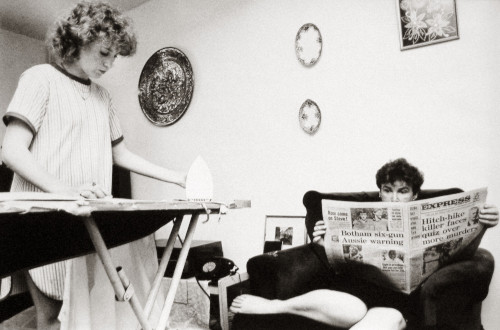
The first issue we identified was how only one female photographer, Francesca Odell, was commissioned as part of the Valley Project over those five years, in comparison to the nine male photographers who were also commissioned as part of this project.
We then went through the number of female photographers and male photographers who have been exhibited at Ffotogallery since 1978, the lack of female photographers that had been exhibited was visibly noticeable.
To think about Ffotogallery’s future, its impact on photography and the legacy for future generations it’s crucial to look back at the gallery’s past, how Ffotogallery came to exist and the journey taken to get to where we are today. We look back with a critical eye, photography and how society regards women has come a long way from where we were when Ffotogallery first existed in 1978, but the issues that present themselves in our archive are still relevant today. As an organisation, we are always working on new ways to challenge these issues and break barriers and provide opportunities for underrepresented artists.
In October 2024, we celebrated the first Ffoto Cymru: Wales International Festival of Photography which opened in venues across Wales. In a society where women artists and photographers are still regularly overlooked, the first Ffoto Cymru pointed the spotlight towards female photographers and artists using photography. With the theme What You See is What You Get? The festival questioned how we see, understand and use images and how they shape our identities and culture, from historical archives to AI and modern technologies.
At the centre of Ffoto Cymru was a major survey of work from the last 50 years by Marian Delyth showing at Ffotogallery in Cardiff. Titled Darnau | Fragments, it examined the profound impact of Delyth’s photographic journey over the past five decades, documenting Welsh life and culture, and featured activism, social justice, and peace campaigns in Wales and beyond. The intimate look at Delyth’s work, seeked to solidify her position as one of Wales’s most influential artists and celebrates her significant contributions to the artistic and visual identity of Wales.
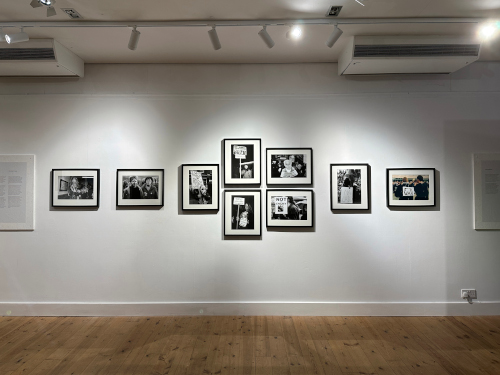
The other associated venues presented newly commissioned work by four younger female Welsh or Wales-based photographic artists – Ada Marino, Adéọlá, Holly Davey and Jessie Edwards-Thomas, who used archives from galleries and museums around Wales to inform their commissioned pieces . Finally, a collaboration with the Foto Féminas network (which provides a platform to increase the visibility of Latin American and Caribbean female/non-binary photographers) showcases work by Luiza Possamai Kons from Brazil and Julieta Anaut from Argentina and Lorena Marchetti, also from Argentina.
Our archive collection consists of Ffotogallery’s exhibition prints, artist books, marketing and promotional materials and press cuttings – from 1978 to the present day, we are always adding new items to our collections with each new exhibition.
As we continue to explore our collection and uncover new information about our past, we look forward to digisiting these materials and sharing our findings with you.
The archive is open Wednesday – Friday from 11.00am – 4.00pm, by appointment only. To arrange a visit please email archive@ffotogallery.org.
Chloe Davies
Archive Project Officer / Swyddog Prosiect Archif
Ffotogallery, Cardiff
Related
Ffotogallery archive, 1978 to date
Valleys Project, 1984-1990
All images copyright. Reproduced with the kind permission of the copyright holders.

